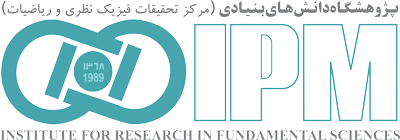“School of Nano-Sciences”
Back to Papers HomeBack to Papers of School of Nano-Sciences
| Paper IPM / Nano-Sciences / 16872 |
|
||||
| Abstract: | |||||
|
The broad tunability of the proximity exchange effect between transition-metal dichalcogenides (TMDCs) and chromium iodide (CrI3) heterostructures offers intriguing possibilities for using TMDCs in two-dimensional magnetoelectrics. In this work, the influence of the twist angle and the gate electric field on the electrical and thermal transport in a TMDC/CrI3 junction is investigated using the Dirac-Bogoliubov-de Gennes equation. We show that significant control can be achieved via spin-splitting of the band structures due to spin-orbit interaction, and that exchange-splitting of bands arises from the proximity effect. The Andreev reflection (AR) process is highly dependent on the spin-valley-polarized states induced by spin-orbit coupling. Remarkably, perfect spin-valley-polarized AR is possible over a wide bias range by tuning the local Fermi energy with a gate voltage and by varying the charge-doping type. The proposed p-type-doped structure exhibits larger spin-valley-polarized Andreev conductance and high thermal conductance. We further show that, depending on the TMDC material and the chemical potential of the TMDC/CrI3 layer, twisting can lead to suppression or significant enhancement of Andreev conductance, as well as increased thermal conductance for chemical potentials below the superconducting regime. Download TeX format |
|||||
| back to top | |||||



















